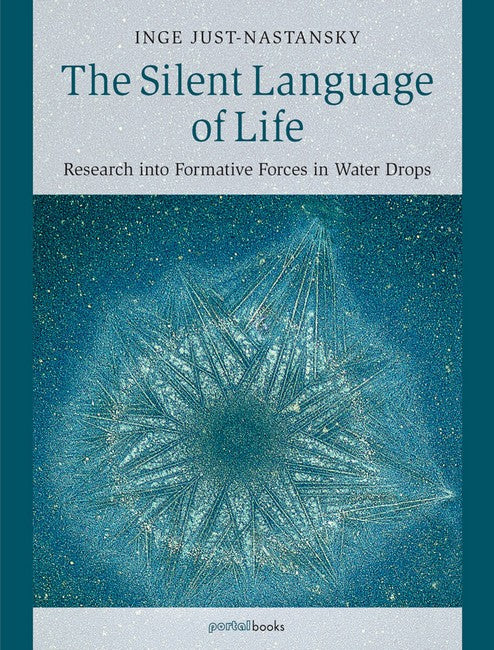Inge Just-Nastansky, MD, is a general practitioner based in Stuttgart. Born in Cologne in 1942, she embarked on her medical journey by obtaining her degree in medicine from Hamburg. Following her graduation, she dedicated three years to research at the UKE/Hamburg, followed by six years serving as an assistant doctor in pediatric and adult surgery.
In 1981, she assumed the responsibilities of a large rural practice in the northern Black Forest, where she practiced for eight years. In 1989, her interests shifted towards eurythmy studies in Stuttgart, culminating in the attainment of her diploma in 1993. Subsequently, she pursued a year-long eurythmy therapy training program in Stuttgart.
After a two-year stint as a school doctor, she returned to Stuttgart Bad-Cannstatt to establish her own practice, where she diligently served patients for seventeen years until 2014. Since 2001, she has been actively engaged in water drop research, alongside her lecturing endeavors.

